Welcome to our blog post on the most common pitfalls to avoid when building your dream home. Whether you’re a first-time homeowner or embarking on an exciting new project, constructing a house involves numerous decisions and challenges. But fear not. We have gathered the top seven pitfalls that many encounter during their home-building journey so you can steer clear of these potential disasters and ensure a smooth path toward creating your perfect abode.

Insufficient Planning and Research
Inadequate planning is a common misstep that can have far-reaching consequences. Rushing into the construction process without thorough research can lead to design flaws, unexpected costs, and regulatory complications. Take the time to research and plan meticulously, considering factors such as the choice of location, design preferences, and budget constraints.
Underestimating Budgetary Requirements
One of the most significant mistakes in home construction is underestimating the budget. Unforeseen costs can emerge during the construction process, such as issues with the site, changes in material prices, or design modifications. It’s essential to build a buffer into your budget to accommodate these uncertainties and prevent financial strain. Hausbauberater experts can help you create a realistic budget and identify potential expenses that you may not have considered.
Ignoring Energy Efficiency and Sustainability
In the era of environmental consciousness, overlooking energy efficiency and sustainability is a significant oversight. Failing to integrate eco-friendly features can lead to higher utility bills and a larger carbon footprint in the long run. Consider sustainable materials, energy-efficient appliances, and proper insulation to create a home that aligns with modern environmental standards.
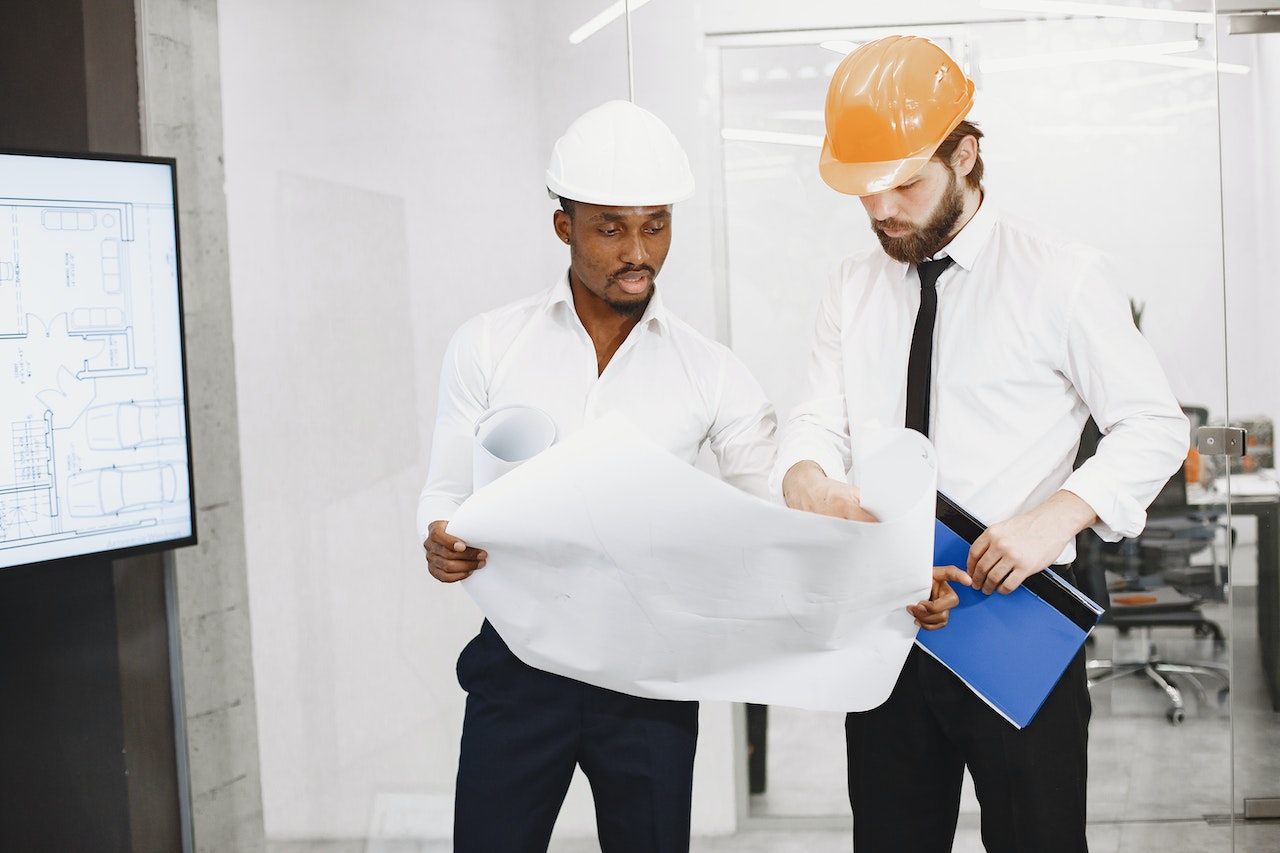
Neglecting to Hire a Qualified Architect and Builder
The selection of a qualified architect and builder is paramount to the success of your project. Cutting corners in this area can result in subpar design, construction delays, and compromised quality. Take the time to thoroughly vet and hire professionals with a proven track record, relevant experience, and a commitment to delivering high-quality results.
Overlooking Future Needs and Lifestyle Changes
Your home should not only meet your current needs but also anticipate future requirements. Failure to consider potential lifestyle changes, such as expanding your family or accommodating elderly family members, can lead to a home that quickly becomes impractical. Plan for adaptability and flexibility in your home’s design.
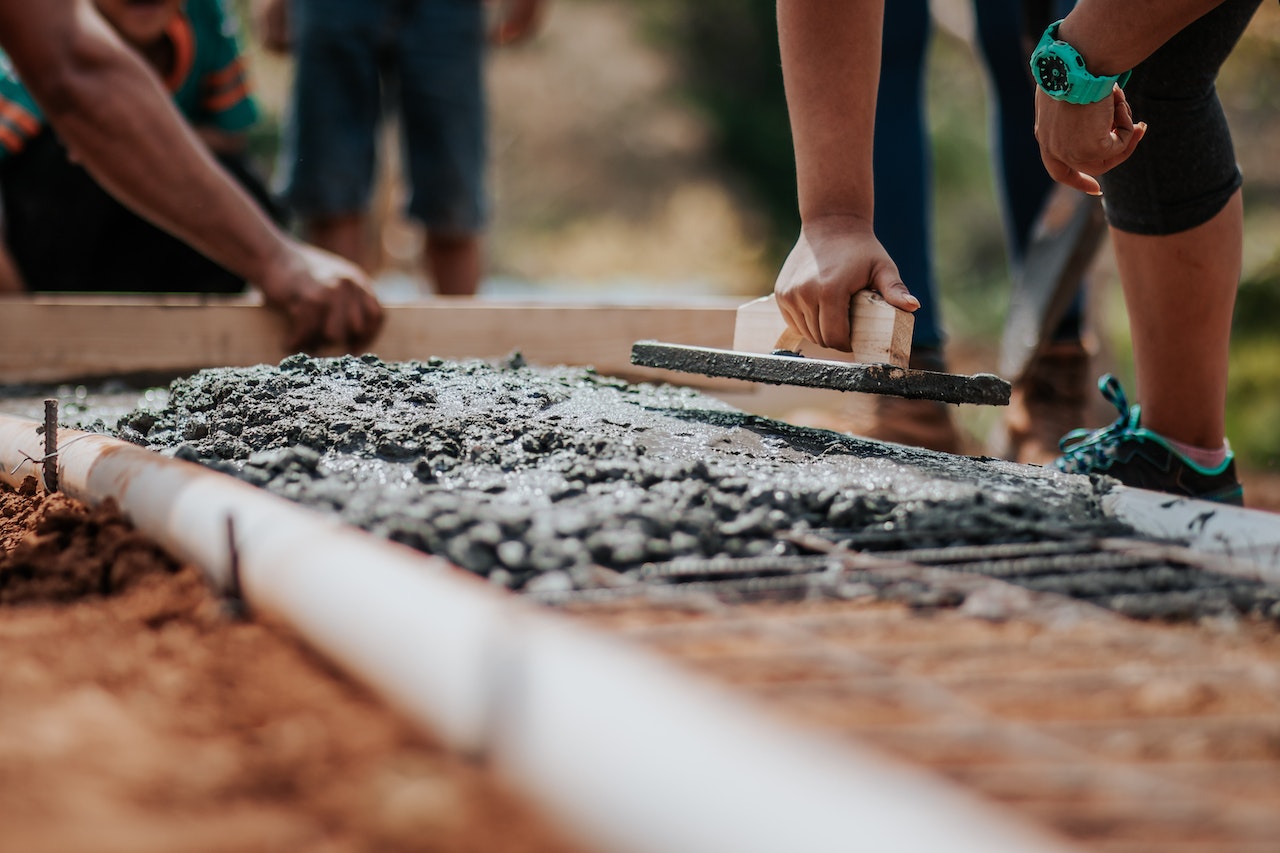
Skipping the Inspection and Quality Assurance Processes
Regular inspections and quality assurance measures are vital throughout the construction process. Skipping these steps can result in substandard workmanship and the need for costly repairs down the line. Insist on regular inspections, address issues promptly, and ensure that the construction adheres to the approved plans and specifications.
Inadequate Communication With Your Builder
Effective communication is the backbone of a successful construction project. Misunderstandings, misinterpretations, and assumptions can lead to errors and delays. Maintain open lines of communication with your builder, express your expectations clearly, and address concerns promptly. Regular meetings and updates ensure everyone is on the same page.
Building a home is a significant investment that requires careful consideration and strategic planning. By avoiding common mistakes such as insufficient planning, underestimating the budget, neglecting sustainability, and overlooking the importance of qualified professionals, you can navigate the construction process with confidence. Learn from the experiences of others, stay engaged in the process, and prioritize communication to ensure that your dream home becomes a reality without the headaches of avoidable mistakes. With thoughtful planning and a commitment to quality, you can build a home that not only meets but exceeds your expectations.

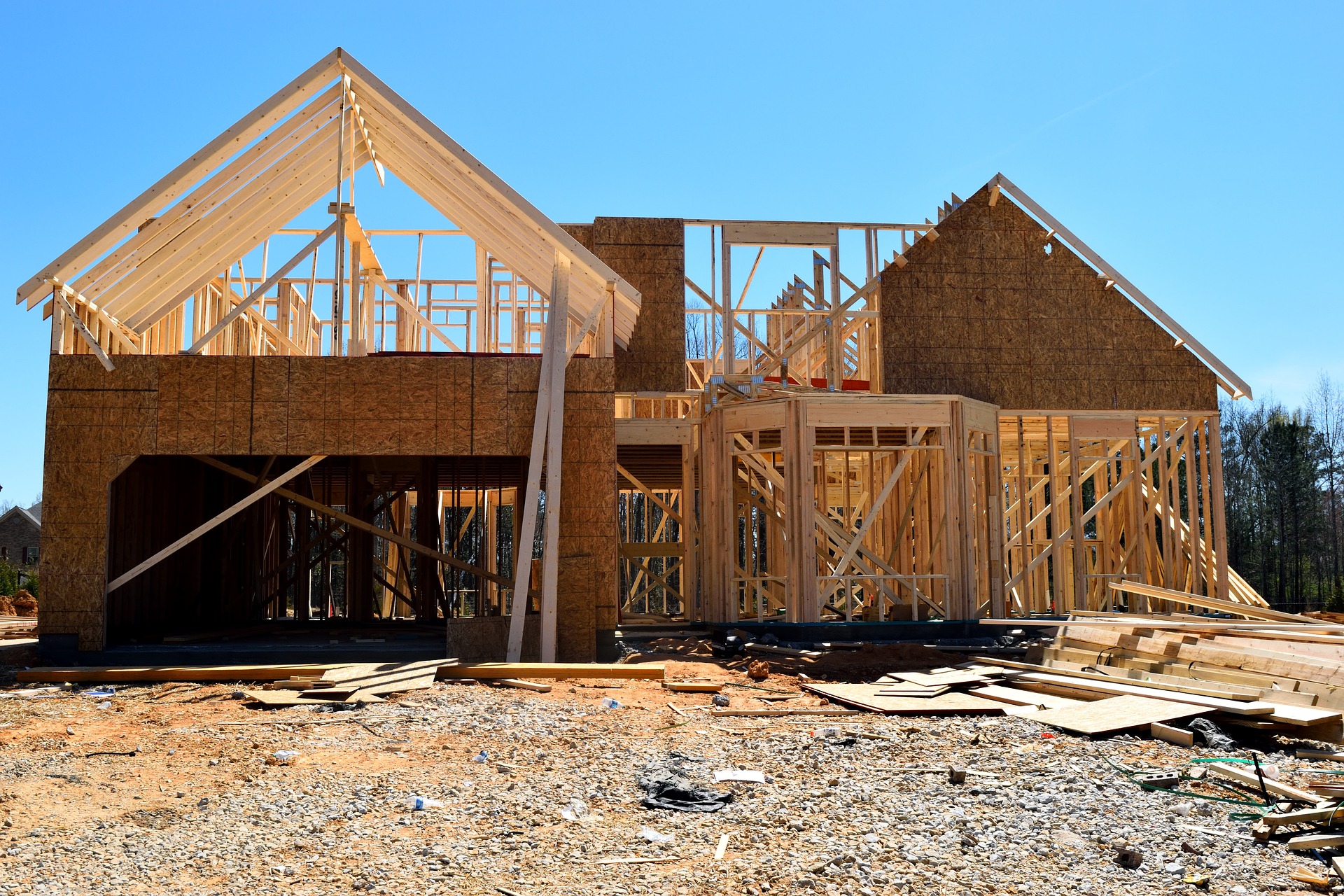

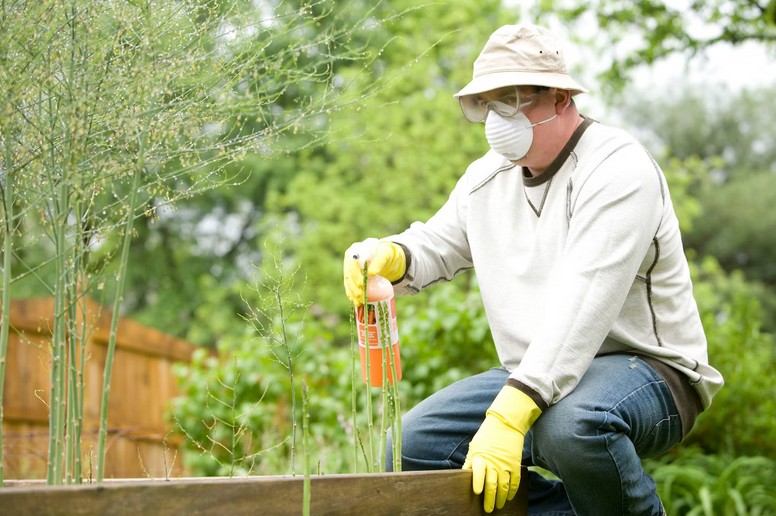
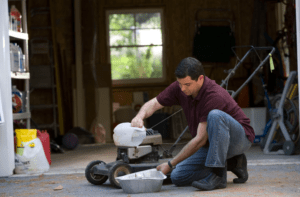 If you choose to use household pesticides, it is important to take precautions to minimize potential risks. Here are some tips for responsible pesticide use:
If you choose to use household pesticides, it is important to take precautions to minimize potential risks. Here are some tips for responsible pesticide use:
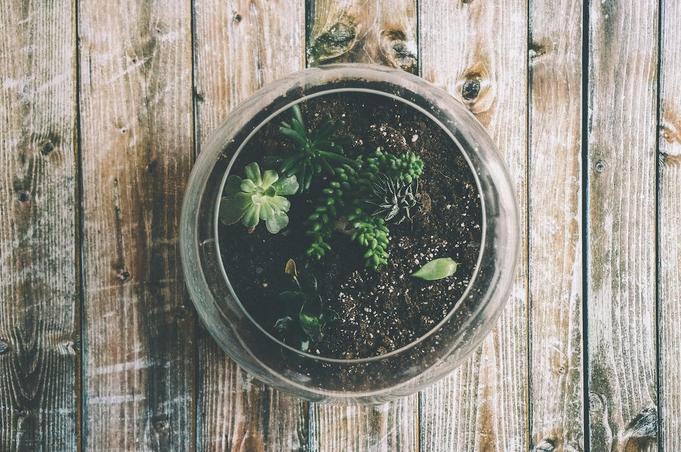 But what if you want a whole real forest in your home? Terrariums are the perfect way to create a lush and vibrant indoor miniature garden. You can build a terrarium with any type of material, such as glass, plastic, or wood, then add soil, plants, and some decorative elements for an eye-catching display that will bring life into your home. But keep in mind that terrariums require regular maintenance to keep them looking their best.
But what if you want a whole real forest in your home? Terrariums are the perfect way to create a lush and vibrant indoor miniature garden. You can build a terrarium with any type of material, such as glass, plastic, or wood, then add soil, plants, and some decorative elements for an eye-catching display that will bring life into your home. But keep in mind that terrariums require regular maintenance to keep them looking their best.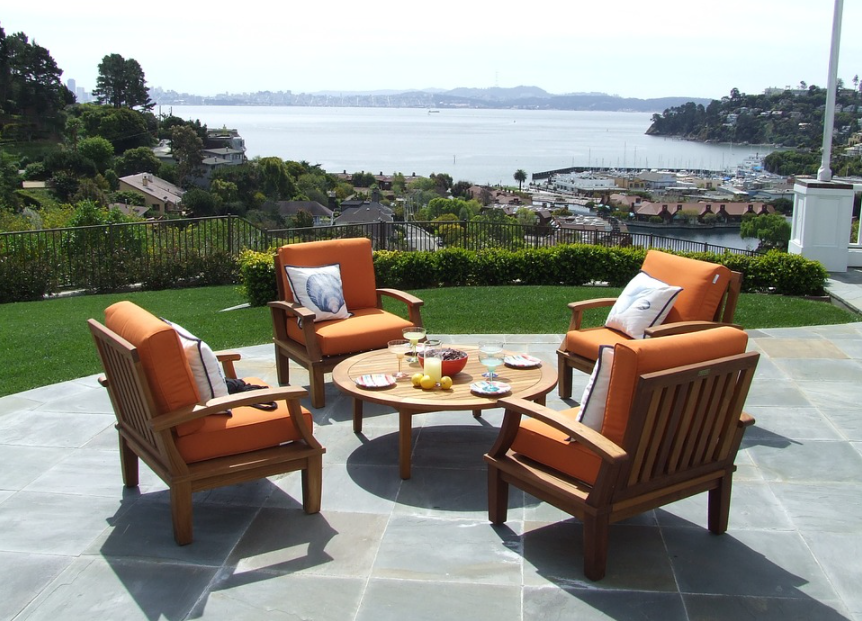
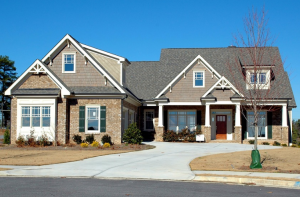 The exact ROI of any outdoor improvement on your property depends on many aspects including where you live. A 2017 survey by the American Institute of Architects (AID) shows that for the sixth consecutive year, outdoor living rooms have taken first place regarding growing consumer interest for specialized spaces. Outdoor room improvements can run the gamut from patio improvements and firepit additions to full-blown outdoor kitchens, and in-ground, hardscaped pools, and other water features.
The exact ROI of any outdoor improvement on your property depends on many aspects including where you live. A 2017 survey by the American Institute of Architects (AID) shows that for the sixth consecutive year, outdoor living rooms have taken first place regarding growing consumer interest for specialized spaces. Outdoor room improvements can run the gamut from patio improvements and firepit additions to full-blown outdoor kitchens, and in-ground, hardscaped pools, and other water features.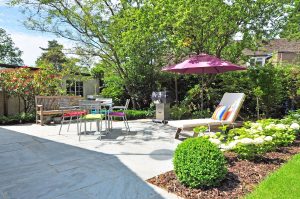 If you prefer to entertain family and friends but feel like you never have enough room in your kitchen to handle all the prep work or seating, add another outdoor kitchen! When designing your outdoor kitchen, you should use the same design principles that were used for your kitchen. They should all work effectively and efficiently and have ample space. With proper design and planning, your outdoor kitchen can mimic what your indoor kitchen can do and much more, along with the added benefit of fresh air, beautiful natural surroundings, and much more space for entertaining.
If you prefer to entertain family and friends but feel like you never have enough room in your kitchen to handle all the prep work or seating, add another outdoor kitchen! When designing your outdoor kitchen, you should use the same design principles that were used for your kitchen. They should all work effectively and efficiently and have ample space. With proper design and planning, your outdoor kitchen can mimic what your indoor kitchen can do and much more, along with the added benefit of fresh air, beautiful natural surroundings, and much more space for entertaining. Do you eat out often? Do you currently meet your friends for drinks at expensive restaurants or bars? Do you feel the need to go out all the time for your entertainment needs? Save money by creating the perfect “staycation” in your backyard, and you may be tempted to stop going out. Neglected backyards tend to cost more as time goes by. Weeds proliferate, unpruned trees and shrubs cause unwanted problems, old landscaping deteriorates, etc. By updating your outdoor space with new materials, you’ll save yourself the expense of these types of unforeseen problems and valuable time in the long run.
Do you eat out often? Do you currently meet your friends for drinks at expensive restaurants or bars? Do you feel the need to go out all the time for your entertainment needs? Save money by creating the perfect “staycation” in your backyard, and you may be tempted to stop going out. Neglected backyards tend to cost more as time goes by. Weeds proliferate, unpruned trees and shrubs cause unwanted problems, old landscaping deteriorates, etc. By updating your outdoor space with new materials, you’ll save yourself the expense of these types of unforeseen problems and valuable time in the long run.